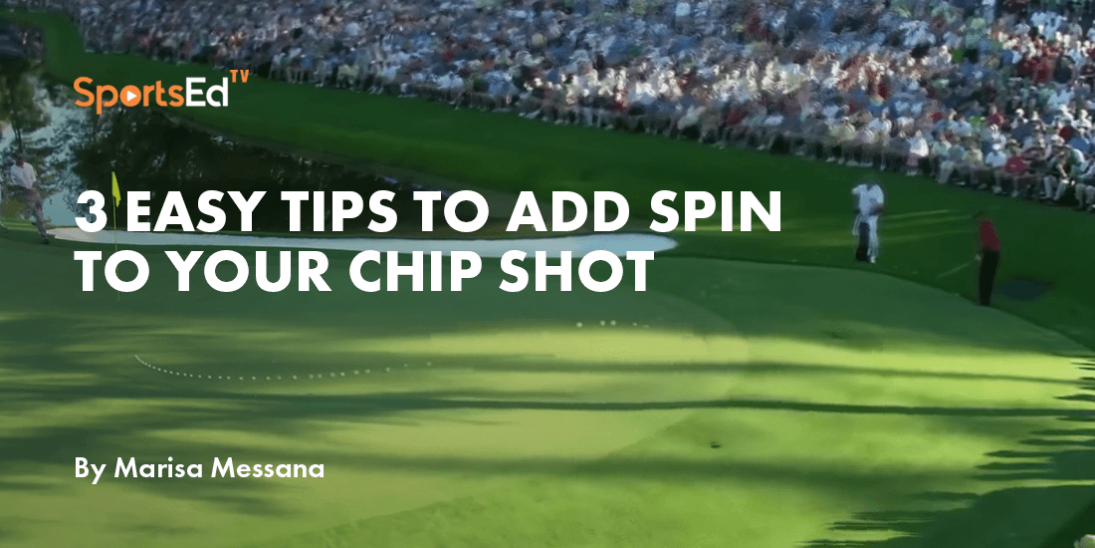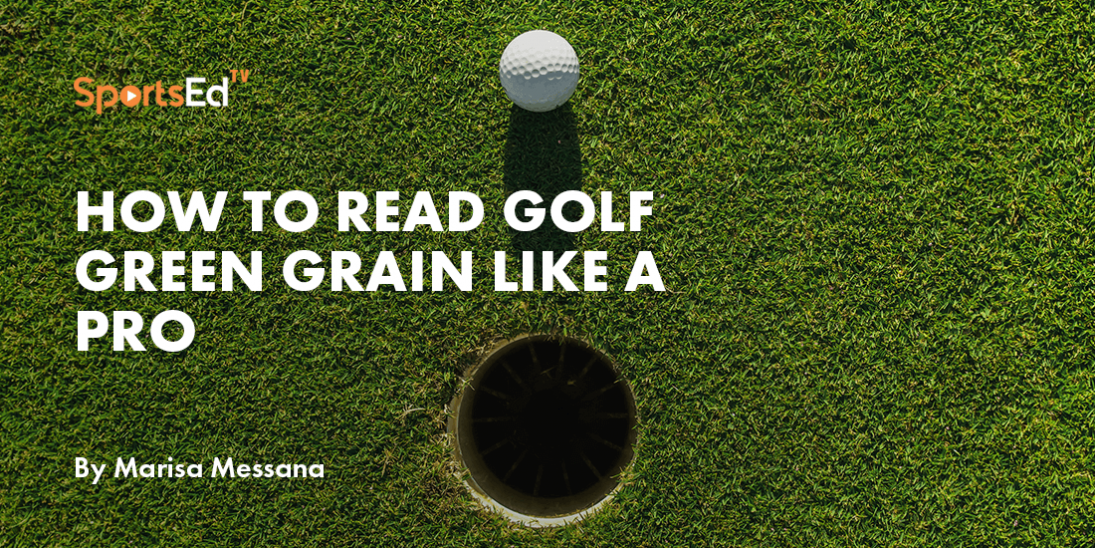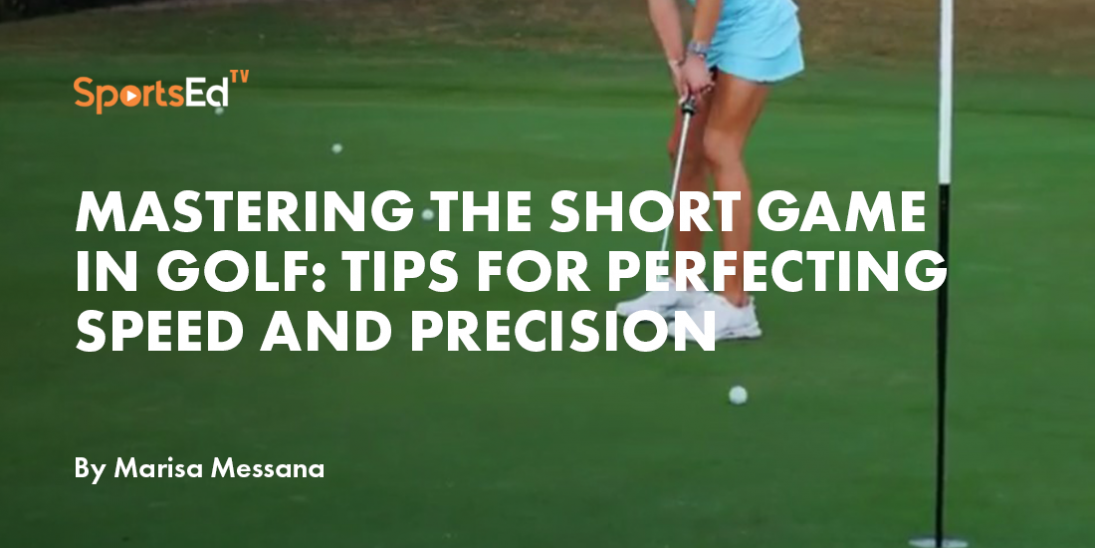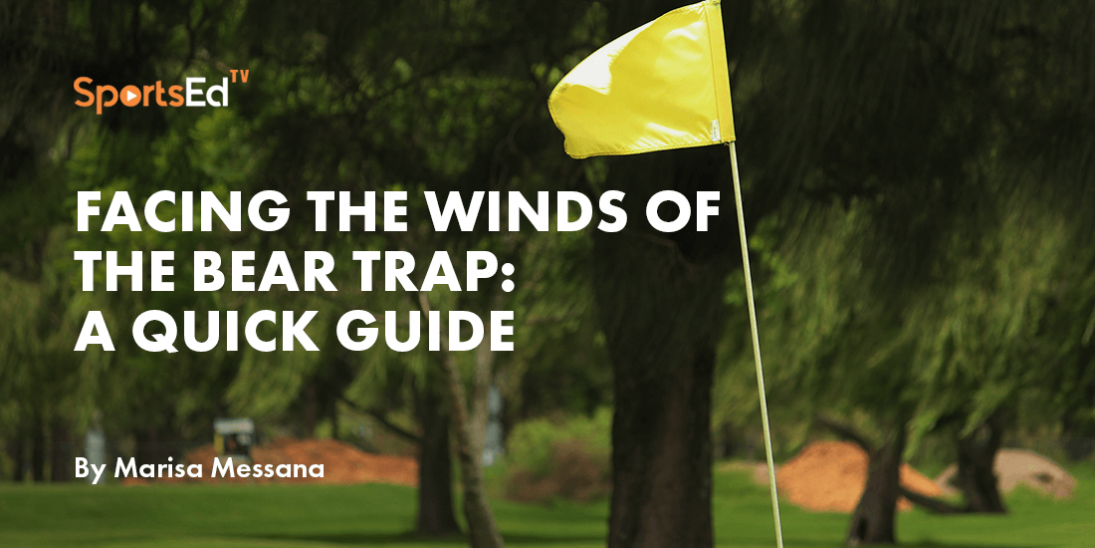Golf
Welcome and thanks for visiting...

Conquering the Challenge of Undulated Fairways: A Lesson from Oak Hill

If you are an avid golfer, you may have often found yourself battling an irregular surface, an undulated fairway, to take that perfect shot. The sport of golf, though elegant and relaxing, can also test the nerves with its share of challenges. One of these challenges is maneuvering shots off of undulated fairways. This blog aims to shed light on the strategies and techniques to master this challenge, using the insight shared by PGA Tour professionals during their recent experience at Oak Hill.
Before diving into the strategies, let's understand some key terms.
Undulated Fairway:
In golf terminology, an 'undulated fairway' refers to the uneven surface of the golf course, characterized by ridges and dips. Unlike flat terrains, undulated fairways require golfers to adapt their stance and swing, making the game more complex and stimulating.
Hit it Thin:
In golf parlance, 'hitting it thin' means striking the ball with the lower edge of the clubface, often leading to a low trajectory shot with too much speed.
Hit it Fat:
The opposite of 'hitting it thin', 'hitting it fat' refers to when a golfer strikes the ground before hitting the ball, resulting in poor distance and accuracy.
Now, let's examine the situation when the ball is below or above your feet and how to handle each.
Ball Below Your Feet
When playing on an undulated fairway, you might find your ball lying in a spot slightly below your feet. Here, physics comes into play: the ball tends to curve a bit to the right. This curve, also known as 'fade', is due to the change in the clubface angle caused by the downhill lie.
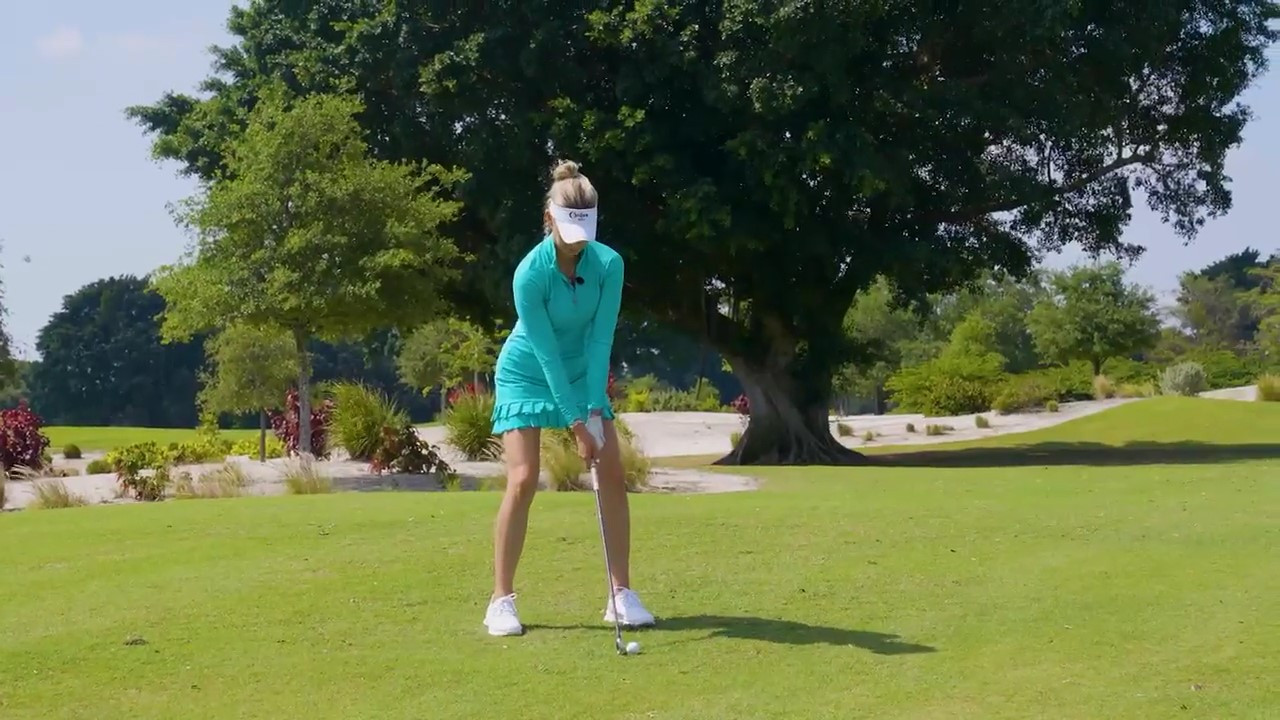
To counteract this, the PGA Tour professionals suggest aiming slightly to the left of your target. This adjustment can help compensate for the rightward curve. Alongside aiming left, it's also beneficial to lower your center of gravity slightly to prevent hitting the ball thin. This shift can be achieved by flexing your knees and hips more than you typically would on a flat lie.
Ball Above Your Feet
In contrast, when the ball is above your feet on an undulated fairway, it tends to curve a little bit to the left, also known as a 'draw'. This leftward curve is due to the clubface naturally closing when the club is swung along the slope of the uphill lie.
To balance this leftward curve, the suggestion is to aim slightly right. In addition, gripping up a little bit on the club is advised to avoid hitting it fat. This adjustment shortens the length of the club, preventing it from hitting the ground before it hits the ball.
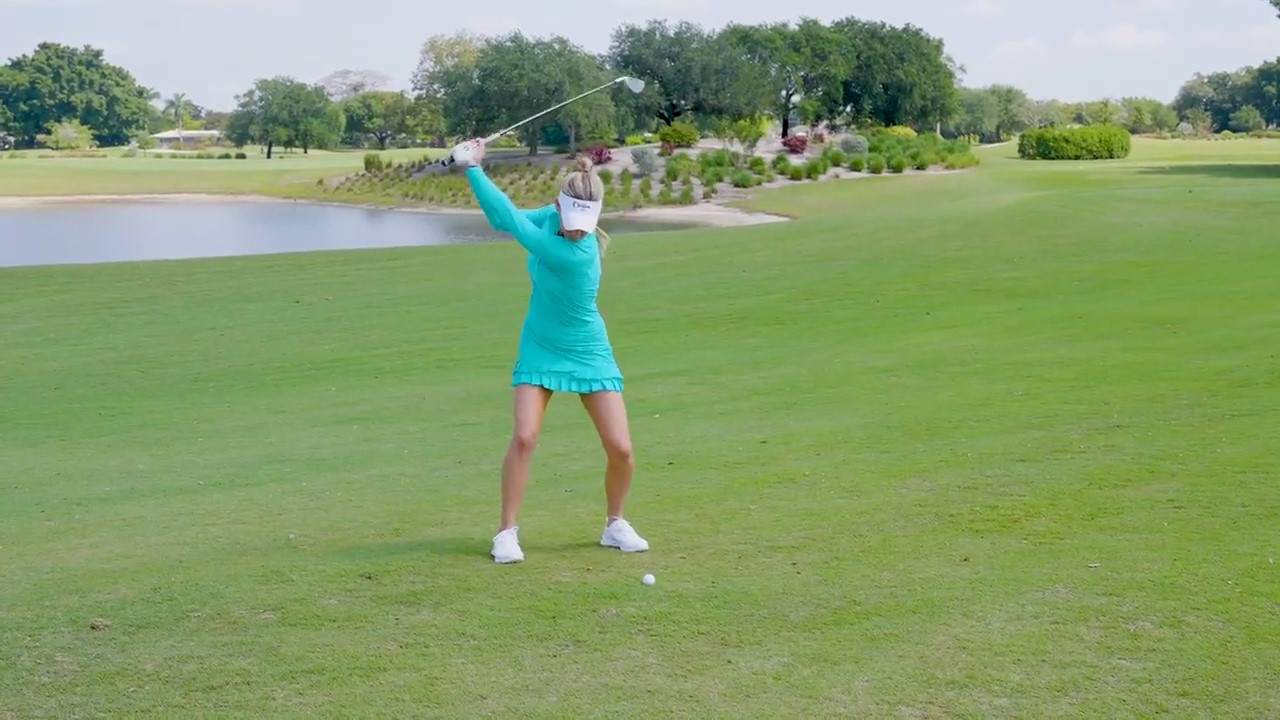
In conclusion, undulated fairways add an extra layer of complexity to the game of golf. However, with the correct techniques and strategies, they can be transformed from a daunting challenge to an exciting opportunity to improve your golf skills. As you practice these tips shared by the PGA Tour professionals, remember that patience and consistency are key to mastering any new skill in golf. Happy golfing!




